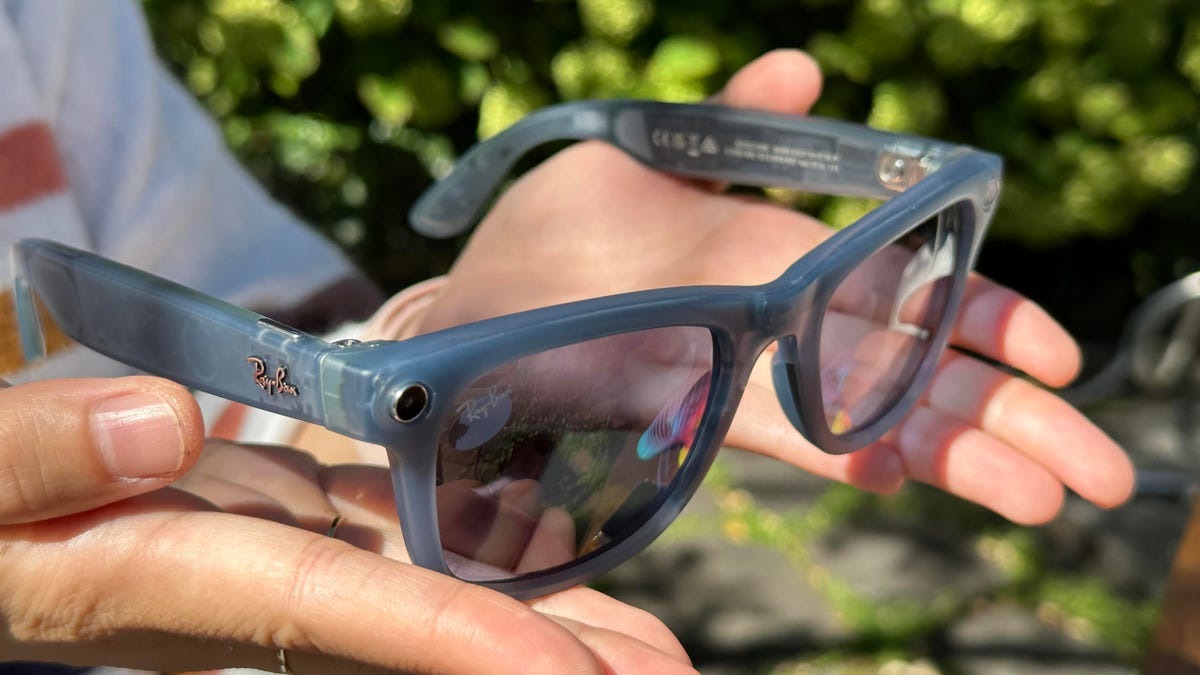One of my favorite PC trends has been the explosion of gaming handhelds. Even after the arrival of big names like ASUS and Lenovo on the market last year with the ROG Ally and Legion Go, other manufacturers continue to mingle. But with the Claw A1M, MSI is taking the road less traveled by opting for an Intel chip instead of something from AMD. And that has made all the difference, even if many of these changes are not for the better.
Design and presentation – simple but effective

While MSI has shredded the processor from the hot shoe, its design is incredibly familiar. That’s because it’s not only black instead of white, it almost looks like a carbon copy of the ROG Ally. That said, a few subtle changes have some impact. The handles of the claw are more pronounced, which makes it more comfortable to hold, while the rear paddles are smaller and located a little lower, so there is less chance that you will accidentally press them.
MSI hot shoe A1M
MSI’s first gaming handheld
Opting for an Intel chip was a bold decision. Unfortunately, compared to competitors like the ROG Ally and Legion Go, the performance of the claw is not good enough to justify its price.
MSI has also opted for Hall effect Joysticks so that they are a little more precise and that they wear out better over time. However, the feathers inside are rather light, so they are not as firm as I usually prefer. Unfortunately, although the triggers are nice, the bumpers of the claw are a little too squishy.

Meanwhile, almost the entire back wall of the claw is ventilated to leave enough space for cooling. At the top there is a built-in microSD card reader, a 3.5mm audio jack, a volume rocker and a single USB-C port with Thunderbolt 4 support. the latter is a very nice recording because it is fast enough to connect peripherals like an external GPU docking station. I just wish there were two of them, so I would have a free place for accessories.
Of course, in the center is a 7-inch 1080p IPS LCD screen. It is relatively colorful and, with a tested brightness of about 450 Nits, it can also be seen in sunnier rooms (although direct sunlight is always a problem). However, apart from a refresh rate of 120 Hz, not much is happening. There’s no variable refresh rate to reduce tearing in more modern games, and it can’t match the size or saturated hues of the Legion Go’s 8.8-inch OLED panel. And although it’s not really a design consideration, I wish MSI would ship the hot shoe with a cover included, like Lenovo does with the Legion.
Performance – follow, but hardly

Things get a little tricky here, because at least on paper, the claw is quite well equipped. Our examination unit has an Intel Core Ultra 7 155h processor with Arc graphics, 16 GB of RAM and 1 TB of storage. There is also a affordable model with an Intel Core Ultra 5 135H chip and a 512 GB SSD. Unfortunately, the actual performance of the claw lags behind the claims of MSI and competing handhelds. At CES 2024, MSI announced that the claw would be 20 to 25% faster than AMD-based alternatives. But no matter what I do or how much time I spend tweaking the settings, I just can’t produce numbers anywhere at this point.
In Shadow of the Tomb Raider at 1280×720, high graphics and in balanced mode (30 watts), the claw reached 52 fps, which is a little below the 54 FPS that I got from the ROG Ally at only 15 watts. To make matters worse, these numbers didn’t improve much when I switched to the claw’s extreme 35-watt power setting, which only increased the frame rate to 59 FPS, compared to 60 fps for the ally when set to 25 watts. Thus, despite a higher TDP (Total Device Power), The CLAW barely holds.
It is also a similar story in other titles. In Cyberpunk 2077 at 720p with average graphics, the claw in balanced mode reached 50 fps, which corresponds to the ally. Finally, in return, at 720p on Medium, it was essentially a draw again, the claw reaching 32 FPS against 33 FPS for the ally. Overall, the performance of the hot shoe is not bad, but it’s not as awesome as MSI promised.


